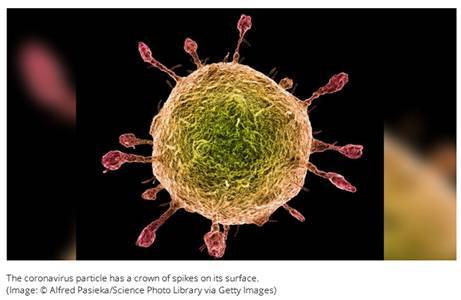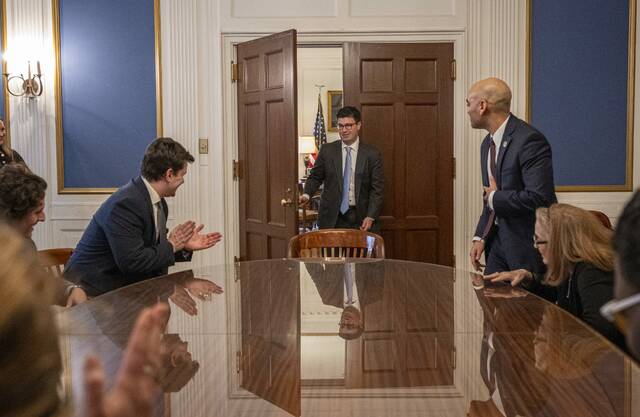This is not about panic. It’s about recognizing reality.
The World Health Organization officially designated the novel coronavirus outbreak as a pandemic Wednesday.
At that moment, 121 countries were affected, with 124,830 patients diagnosed and 4,585 deaths.
Of those diagnosed, 67,050 have already recovered. That is good news and shows both hope and progress.
But it also illustrates that the most important tools in fighting any problem are the facts. That is what we want to give you.
This is about information you need to have, and decisions we all need to make. Decisions for ourselves and decisions for our communities.
The City of Pittsburgh made one such decision Wednesday, canceling the annual St. Patrick’s Day parade planned for Saturday. Just one day earlier, after Boston’s parade was canceled, local organizers pledged to carry on. But that was before the first Pennsylvania college — West Chester University — canceled traditional classes for the rest of the semester.
Pennsylvania has 16 covid-19 cases — two confirmed and 14 presumptive, with 57 more tests pending results. So far, they are clustered in the eastern part of the state, but Ohio has three confirmations, 15 pending tests and 255 people under supervision.
This is about being smart.
People aren’t wrong when they say that more people have gotten — and died of — the flu so far this season. In Pennsylvania alone, there have been 115,469 flu cases and 83 deaths. Allegheny County has been the hardest hit, with 12,456 cases.
But those posting exasperated comments on social media are missing a crucial point. This coronavirus is a new beast, with no vaccine — and exponential growth.
All of the same things that will help curtail the spread of covid-19 will also help stem the spread of flu, which is at its highest levels in a decade.
Washing your hands is good during any outbreak, or just any day of the week. Being careful about coughing in public, cleaning doorknobs, and staying home if you’re sick? All that coronavirus advice is already on every flu season poster.
But if people paid more attention to that, this new virus would already be starving for new hosts.
This is about being proactive.
In Science Magazine this week, Yale social scientist and doctor Nicholas Christakis talked about how closings affect the spread of illness. His example about the 1918 Spanish flu — which killed about 670,000 Americans — hit close to home.
“St. Louis closed the schools about a day in advance of the epidemic spiking, for 143 days. Pittsburgh closed seven days after the peak and only for 53 days. And the death rate for the epidemic in St. Louis was roughly one-third as high as in Pittsburgh. These things work,” he said.
In a perfect world, precautions would work so seamlessly that they would appear to be overreaction. That doesn’t mean they are.








